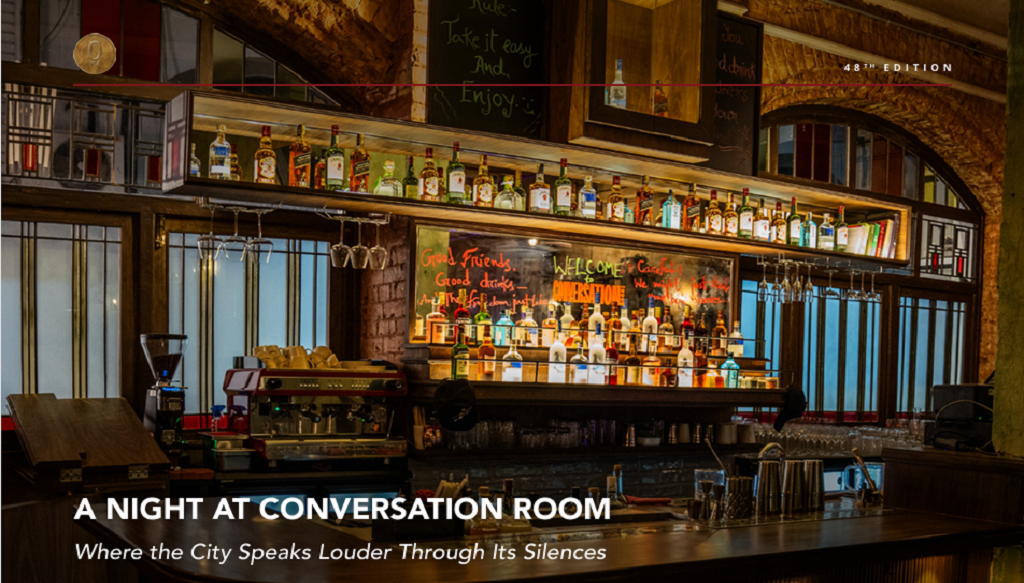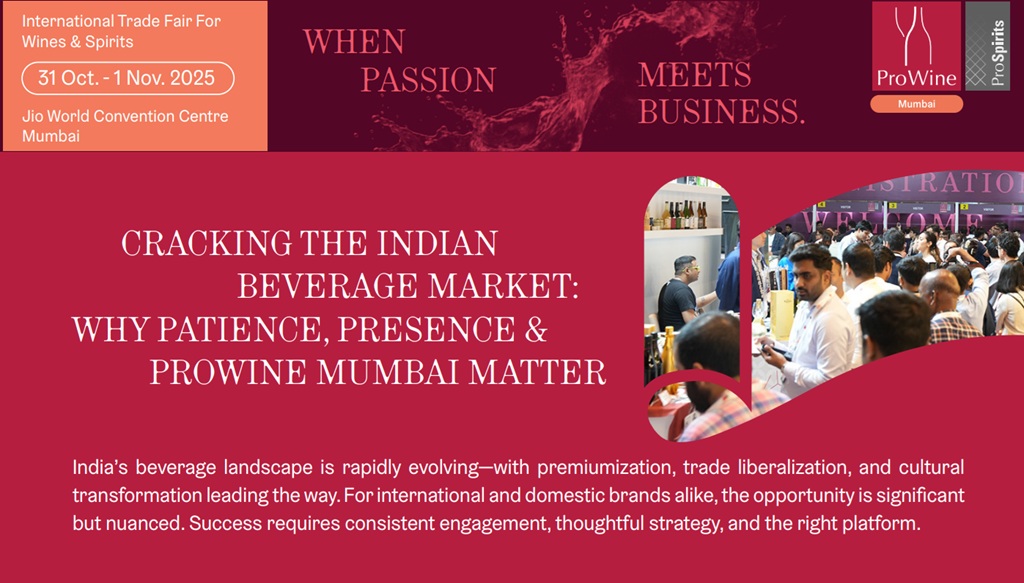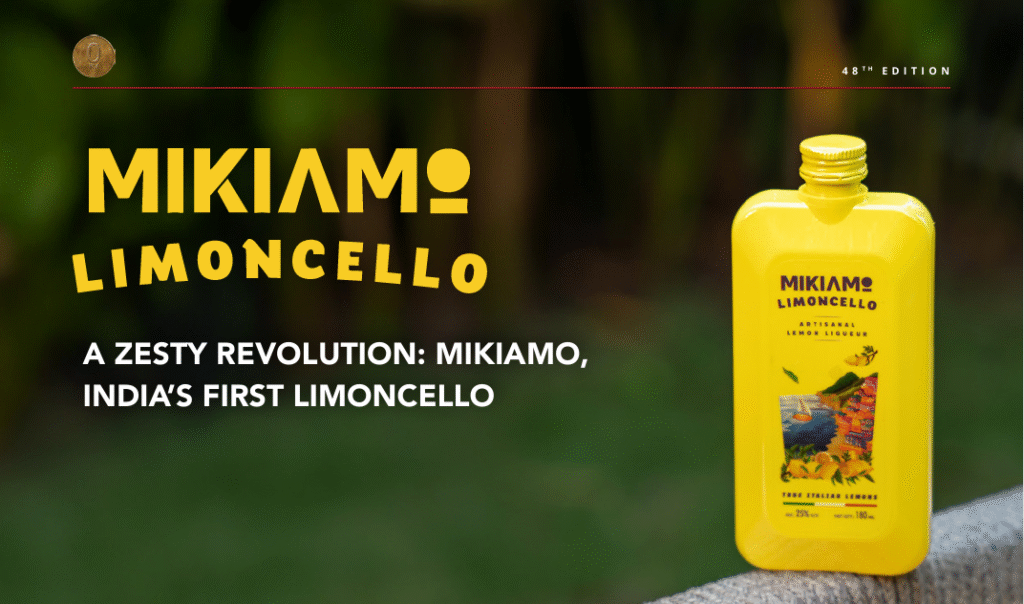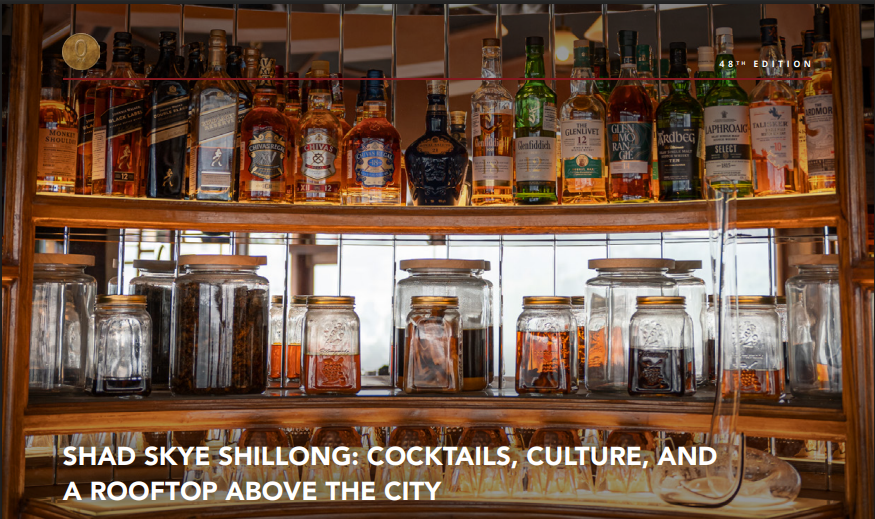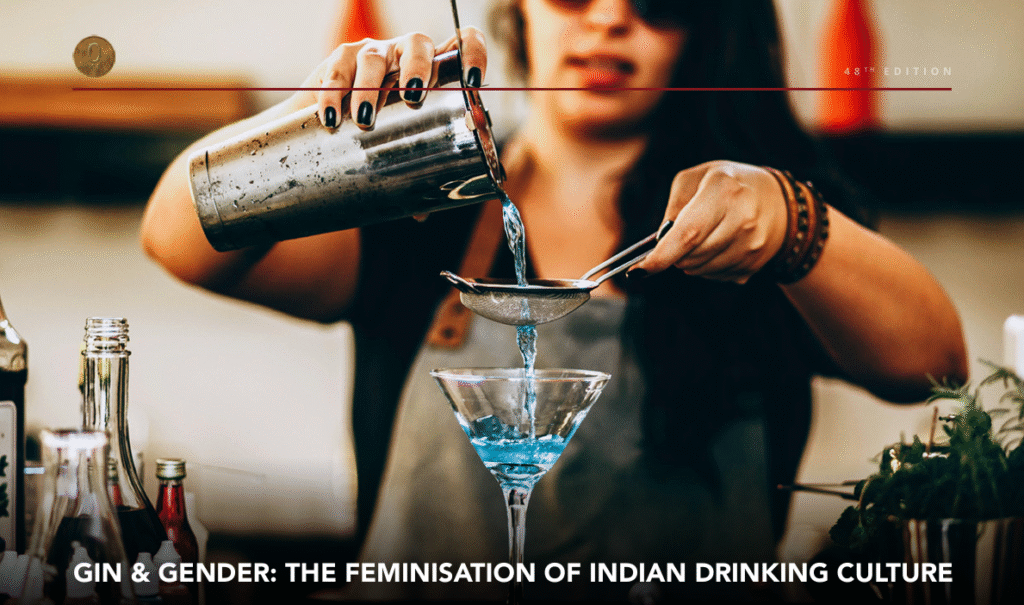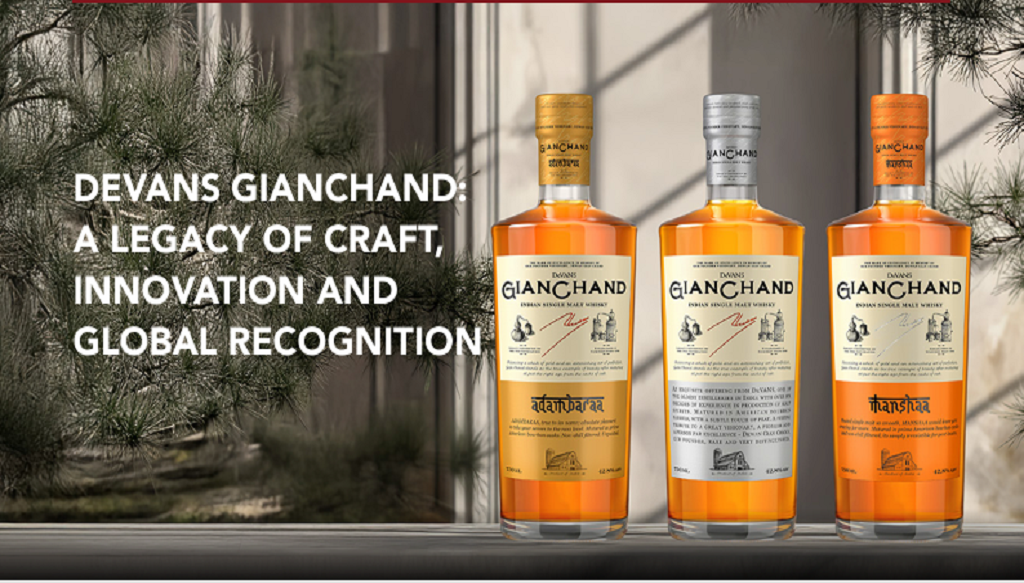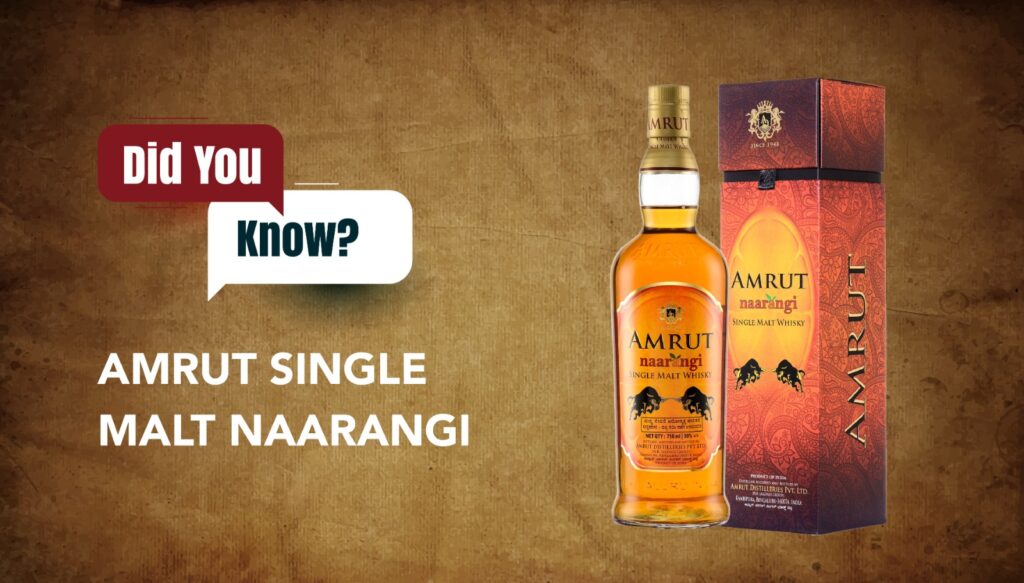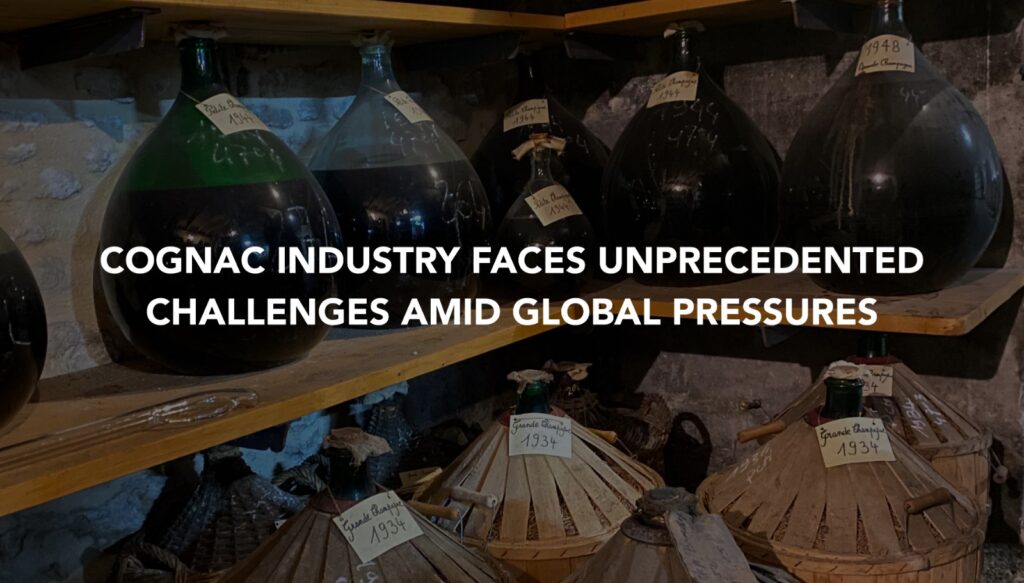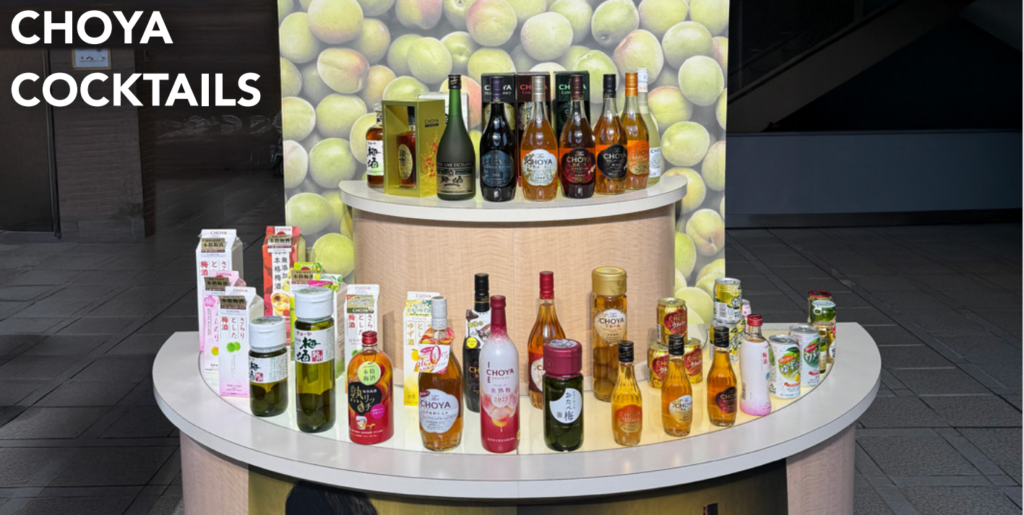CONVERSATION ROOM, KOLKATA – WHERE CITY SPEAKS LOUDER THROUGH ITS SILENCES “FEATURE DESK”
CONVERSATION ROOM, KOLKATA From Features Desk There’s something deeply comforting about finding a place that allows you to breathe, think, and be yourself without any pressure. That’s exactly what Conversation Room on Chowringhee Road turned out to be for me. A bar, yes-but not in the conventional sense. This wasn’t just about drinks or food or music. It was about people. It was about moments. It was about presence. Right opposite the Nehru Museum, the facade was subtle, almost whispering to step in than shouting for attention. And once I did, it felt like the kind of place that might as well have existed in my imagination-an unpretentious cocoon in the heart of the city. The Vibe: Where Comfort Meets Global Cool What struck me first was how beautifully intimate the space felt. At 3,000 square feet, it’s not small, but it’s not trying to be grand either. With just 88 covers, you get a sense that every seat matters.It’s designed like a neighbourhood bar but carries the soul of a global cocktail destination. Think Brooklyn meets Bandra-but in Kolkata. The interiors are warm and inviting with wooden finishes, understated lighting and eclectic music that flowed through the room without hijacking your conversation. There is no deliberate design statement here and yet the entire space speaks of intentionality. You’ll find couples on quiet dates, groups of friends lost in laughter and even solo patrons sipping slowly, like the world outside doesn’t exist. It reminded me that human-to-human connection is not extinct. We’re just rusty. Cocktails That Don’t Talk Down To You The cocktail menu, curated by Countertop India, carries a simple philosophy: sophistication without snobbery. I started with the Great Listener-a cold brew Irish whiskey blend with Baileys and hot cream. Just the right amount of bold and cold. Next, I sipped on Smooth Talker-a layered play of Scotch, caramel liqueur, cacao and bitters. The name matched the experience: smooth, persuasive, memorable. What I appreciated the most was how the menu didn’t try too hard to impress. Each drink had character but none screamed for attention. The highball options, served with in-house flavored sodas were perfect palate cleansers between conversations. The Wine Wall was another quiet highlight. It demystified the intimidating world of wine with just ten, well-curated bottles, handpicked by the team. For someone who finds wine menus overwhelming, this felt quite refreshing. Food That Feeds Your Soul, Not Your Instagram Chef Saurabh Udinia has created a food program that celebrates “ugly delicious” without trying to be clever. There’s no smoke, foam, or dramatic plating here. Just good, solid dishes that pair beautifully with long chats and longer evenings. I couldn’t resist ordering the Stuffed Chicken Wings with Chorizo and they were a revelation. Juicy, spicy and satisfying like a story you want to hear again. The Bhutanese Ema Datchi with Tingmo felt like a warm invitation into someone’s family kitchen. And the Goat Pepper Fry with Kerala Parota brought the kind of heat that makes you pause mid-bite, look up and smile. By the time dessert rolled in Caramelized Honey Butter Toast with Vanilla Bean Ice Cream I was already planning my next visit. More Than a Bar-A Culture in the Making As I was soaking in the ambience, I realized that Conversation Room wasn’t just another entrant into Kolkata’s nightlife. It’s trying to fix something we have collectively lost: the joy of uncurated connection. It doesn’t distract you with gimmicks. It doesn’t demand your attention. Instead, it creates space for eye contact, for warmth, for spontaneity. Founders Ramesh Agarwal and Abhimanyu Maheshwari have brought in more than their industry credentials-they have brought in intent. You can feel it in every inch of the place. From the music curation to the food menu to the staff that knows when to chat and when to leave you alone-it all adds up. Abhimanyu describes it best: “A place where you can have an existential meltdown with a close friend in the evening and end the night dancing on tables.” That’s not an exaggeration. It’s a promise. And it’s kept well. Final Sip Conversation Room isn’t just a place you visit-it is a space you inhabit. For a few hours, you get to press pause on the noise of the world and simply be. And that, in today’s time, is nothing short of magic.

